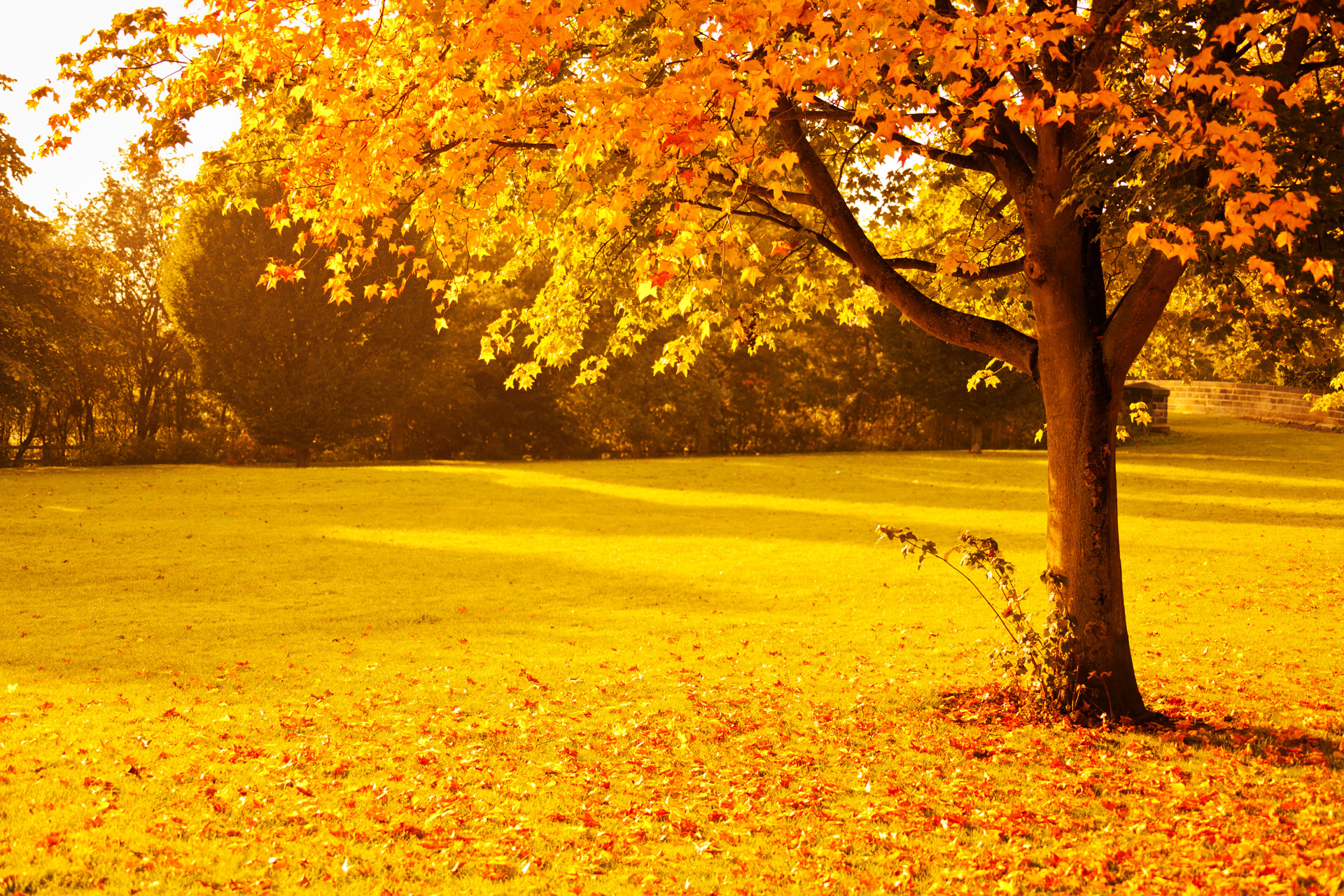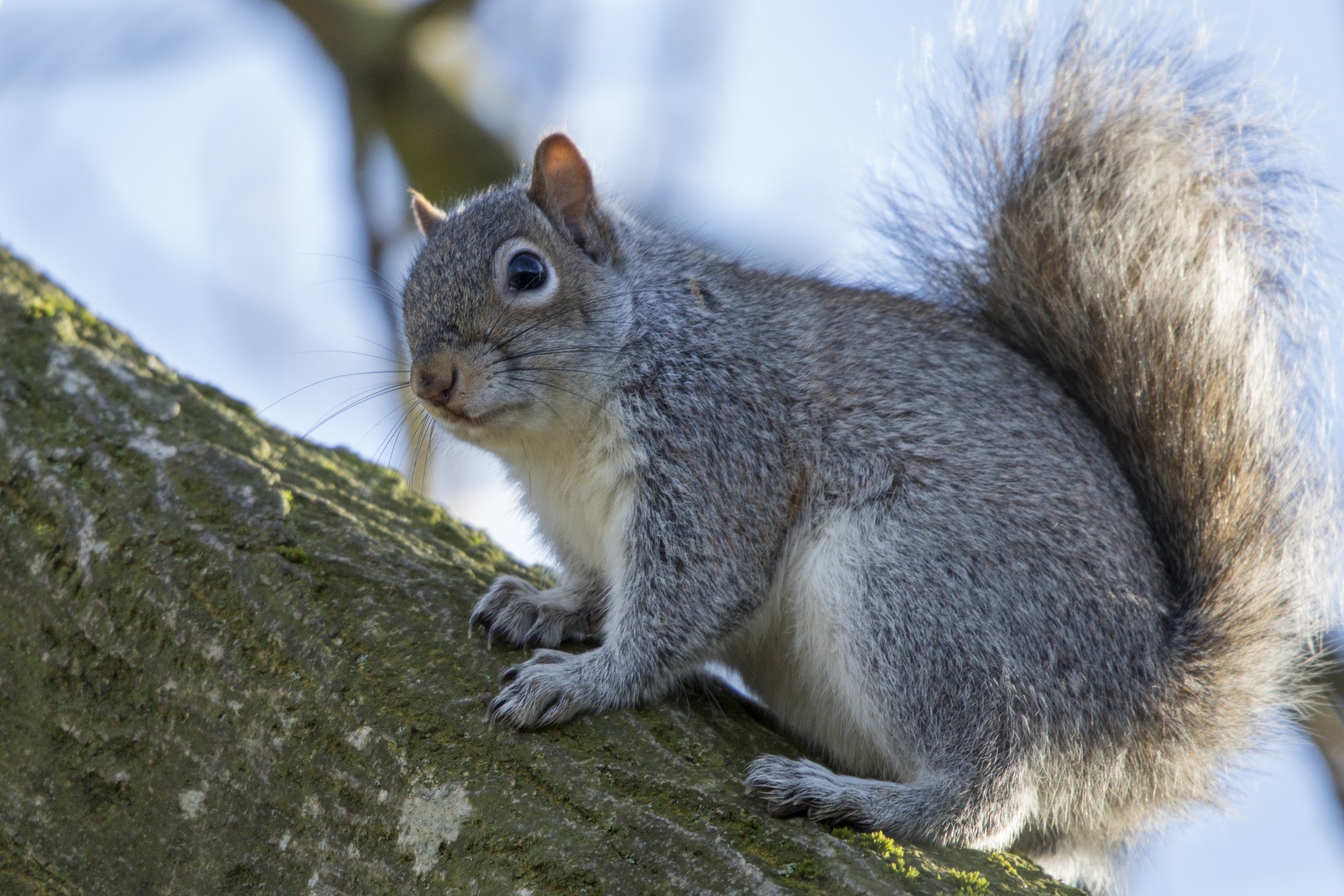Squirrel removal in Portland probably makes up more than half of all nuisance wildlife removal services. Why is there such a high demand for pest control for squirrels in Portland? We’ll look at how Eastern gray squirrels and Eastern fox squirrels are invasive species in the treetops, and animal pests in our attics.
Animal Pest Management
Zebra mussels, Asian carp, and Burmese phythons are other famous examples invasive species that require animal pest control. In the Everglades wildlife biologists report the pythons that escaped (in the mid 90’s) have since chowed down 95% of ALL the small mammals there. Yikes! And that’s just in twenty five years.
In Oregon, American bullfrogs, nutria, starlings, Norway rats and Eastern gray squirrels are notable invasive animal species.
Invasive Squirrel Removal
Invasive species are non-native opportunists that supplant natural habitat. Oftentimes advantaged due to lack of natural predators & pathogens, they outcompete native species and start a cycle of habitat degradation & biodiversity loss.
Schools sometimes teach invasive plants. However Eastern gray squirrels rapid expansion here in the lowland areas of the Pacific Northwest has become a major challenge for the ecosystem.
Portland Squirrel Removal
Portland squirrel removal & exclusion probably cost local homeowners hundreds of thousands of dollars every year.
Aggressive Eastern gray squirrels habitually chew their way through hard to reach dormer corners & gutter lines to nest in people’s homes.
With limited tree cavities and nesting sites, our attics become the next best place.
Unfortunately this often becomes a cause for professional Portland squirrel removal.
Native Squirrels in Oregon
Before Eastern gray squirrels’ introduction, native squirrels in Oregon would skitter up huge Doug fir or Oregon white oak trees:
Western gray squirrels (sciurus griseus), Douglas squirrels (tamiasciurus douglasii), Townsend’s chipmunk (tamias townsendii) and probably even Northern flying squirrels (glaucomys sabrinus) would have been all found around here in Portland.
They’d meticulously bury acorns & hazelnuts under the duff layer of the forest floor.
Western Gray Squirrels
Now our Pacific Northwest native Western gray squirrels are rare in the Portland Metro area. They are larger, gentler and more completely gray than Eastern gray squirrels.
Check out this article from Oregon State University about protecting Western gray squirrels & their habitat.
Washington Department of Fish and Wildlife listed Western gray squirrels as a threatened species in 1993. Oregon Department of Fish and Wildlife consider them a “sensitive” species.
However in Oregon you can still hunt Western gray squirrels; they’re considered a game animal on public land, and a predatory animal on private land.
Personally I think it’s time to reexamine their conservation status. Half a decade of working with animals and I have never seen a Western gray squirrel near Portland.

Invasive Eastern Gray Squirrels
Eastern gray squirrels have reddish-gray fur. They’re not native to Portland or the Pacific Northwest and can seriously displace native Western gray squirrels.
Interestingly, Eastern gray squirrels were introduced to Oregon in 1918. Someone released them in the Capitol grounds in Salem for some poorly thought-out reason. Humans weren’t really considering the dangers of introducing non-native species at the time. Now we now know that Eastern gray squirrels often become an invasive species and now are subject to squirrel pest control. When Eastern gray squirrels are introduced to new urban areas with mild temperate climates, they tend to displace and eventually replace native squirrel species in about five to ten years. That’s not great for biodiversity…
Invasive Eastern Fox Squirrels
Eastern Fox squirrels are another intentionally introduced species that have aggressive invasive tendencies. They are notably more orange and have slightly larger claws than Eastern gray squirrels. Both invasive fox and gray squirrels outcompete native squirrels who only reproduce once a year by having two or more litters every year. They are also more territorial and aggressive behaviorally.
Although our native Western gray squirrels are larger growing up to 2 feet long including the tail, they still cannot compete with wily invasive Eastern gray and fox squirrels.
When feeding squirrels and wildlife, we should be honest with ourselves. We have an inexplicable impulse to control and manipulate nature. This is a uniquely human characteristic and almost always leads to problems in the ecosystem later. Even well-meaning conservation decisions are sometimes later found to be big mistakes.
Greatest Pest Ever
When discussing invasive species we should recognize that humans ourselves are the greatest. Indeed we’re the premier contributor to habitat degradation and biodiversity loss. Undoubtedly there’s major issues today. So while I blame Eastern gray squirrels for habitat degradation, it’d be poor taste not to note our role in creating big sticky ecological messes.
Commensal rodents’ ability to so precisely adapt to the crevices of human habitats, gleaning our food scraps is an incredible evolutionary strategy for survival.
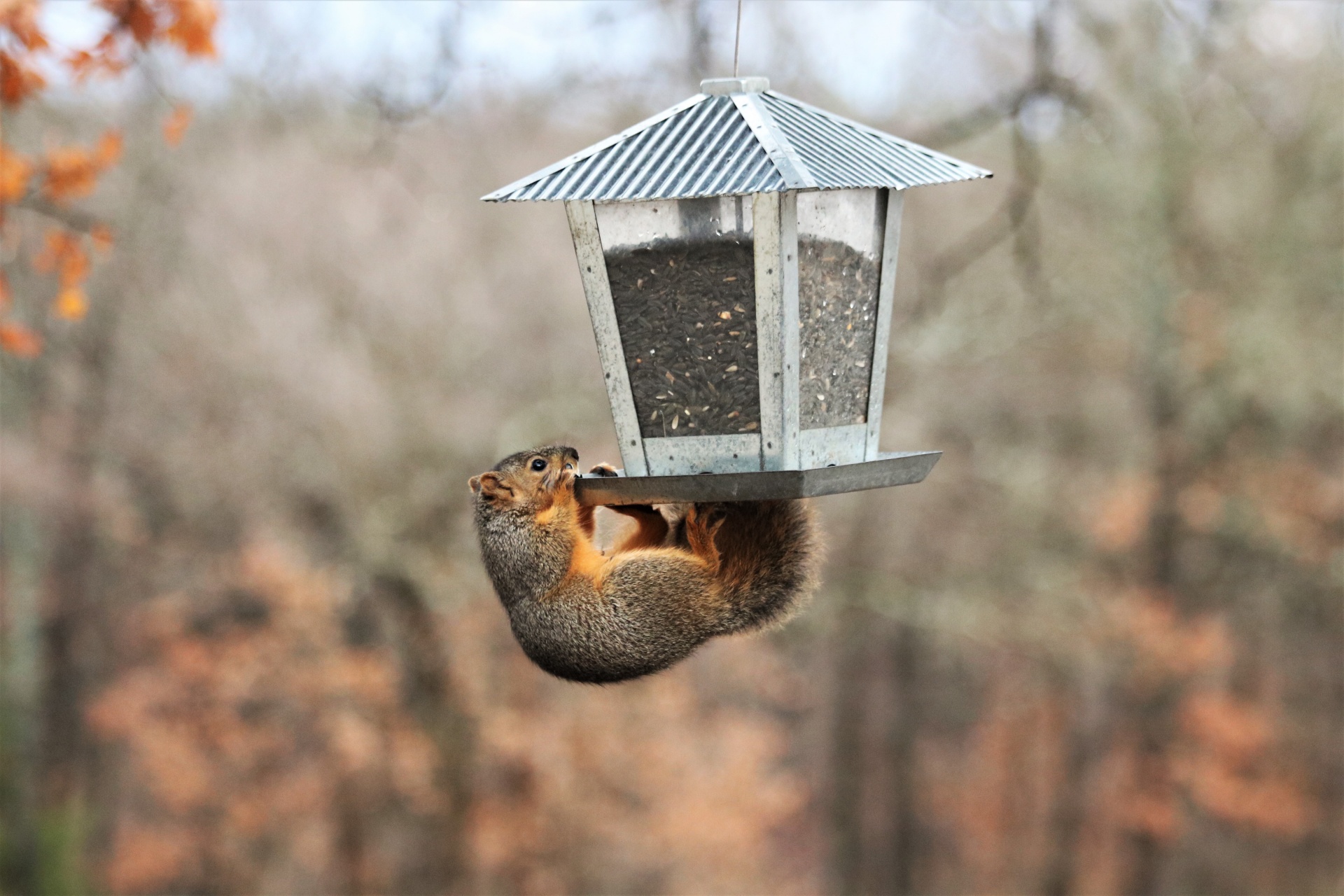
Why Squirrel Removal Can Be Habitat Conservation
My wildlife mentor would always say squirrels are rats with better PR. Sadly this is basically true. My experience with invasive species management reinforces my beliefs. Invasive squirrel removal should be considered as mitigating the serious threat to biodiversity that Eastern gray squirrels are.
Eastern gray squirrels have two litters of pups a year, one in winter and one in summer. However, I’ve confirmed with other wildlife control professionals that in Portland over the past few years the Eastern grays have had newborns in fall, are pregnant or nursing in spring, and really making babies just about anytime they feel like it. In the age of climate crisis, it’s possible they will have three litters in a year.
Western Gray Squirrels Can’t Hang
As of 2007 it was well documented our local Western gray squirrels can’t hang. A study at Fort Lewis WA noted they didn’t even attempt to reproduce twice in a calendar year.
That’s in part because they are so closely associated with decreasing Ponderosa pine and Oregon white oak habitat. Garry oak aka Oregon white oak and Valley ponderosa pine used to dominate the Willamette Valley. Well over 90% of historic Oregon white oak habitat is now occupied by human residences, industry & agriculture.
The Western gray squirrels would have enjoyed relaxing in their dreys in the tall masts of towering oaks and pines, nibbling on delicious pine cones and acorns. They would have travelled hundreds of feet from branches of regenerating understory oaks across to large canopy branches. Unfortunately, this kind of habitat has been severely limited in Portland by human development.
The Value Of Indigenous Squirrels
- Western gray squirrels’ favorite food is actually truffle mushrooms growing at the base of the trees they nest in. These protein rich fungi like rhizopogon & melanogaster are also beneficial to the oak and pine trees squirrels live in. Truffle mycorrhizae trade minerals from the soil with plant roots for carbohydrate, and help the tree grow healthy and disease free.
- Western gray squirrel’s second favorite food is acorns, pinecones, and maple & ash samaras when conifer seeds becomes unreliable. Squirrels are famous for planting trees after a forgotten buried nut or seed sprouts. By snacking on mushrooms then acorns & pinecones they may be inoculating trees with symbiotic fungi while they’re planting them.
Theoretically, they are transplanting the perfect native mix of beneficial mycorrhizal fungal spores with the pine and oak seedlings they compulsively cache in the soil. In this way Western gray squirrels are a keystone species, continuously and completely regenerating forests from the ground up.
If you’re seeking squirrel removal advice, don’t hesitate to call the ecologically conscious folks at Pest & Pollinator. We offer exclusion services in addition to squirrels removal to prevent them from entering attic spaces once and for all.
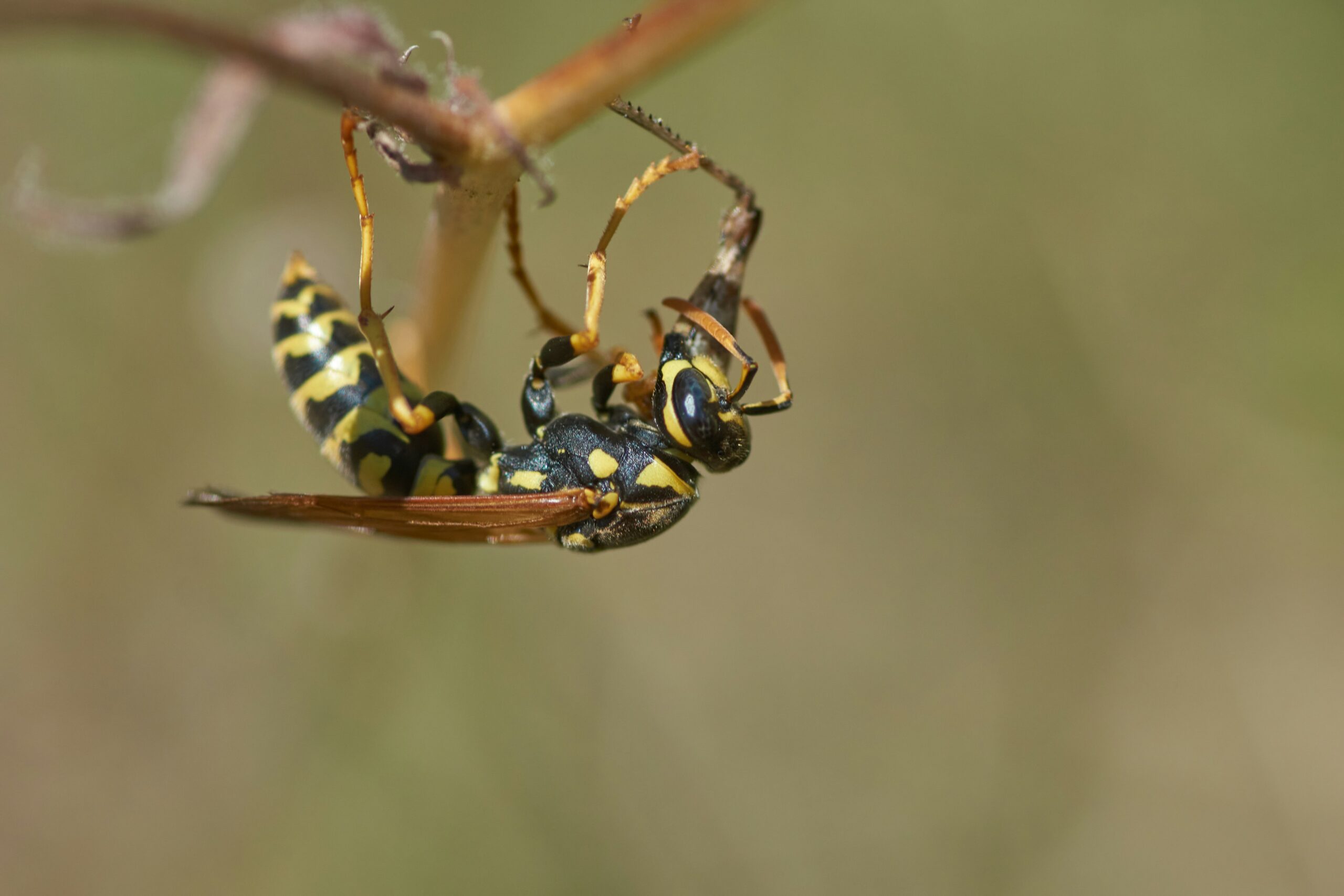
How to Get Rid of Wasps and Yellow Jackets Naturally

What Really Repels Rats & Mice?
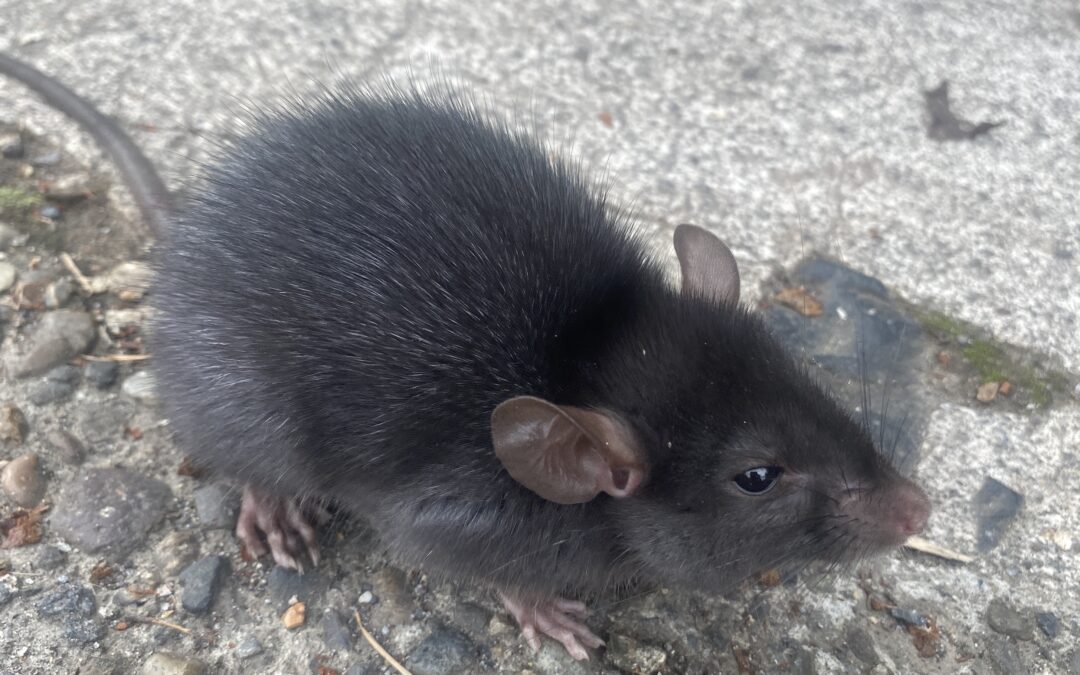
10 Ways to Get Rid of Rats without Killing Them

The 5 Best DIY Treatments for Ants (Safe for Pets)
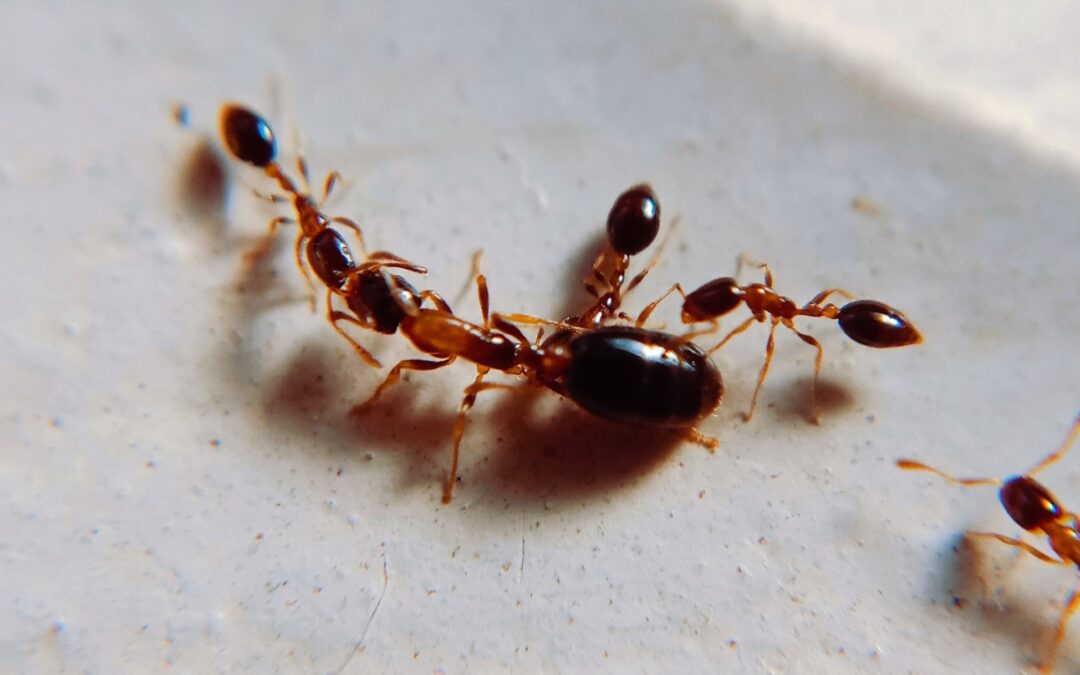
Get Rid of Ants Fast and Permanently

2 Ecological Traps to Avoid in Your Backyard Habitat

Hear Scratching in the Ceiling? – What To Do Next
